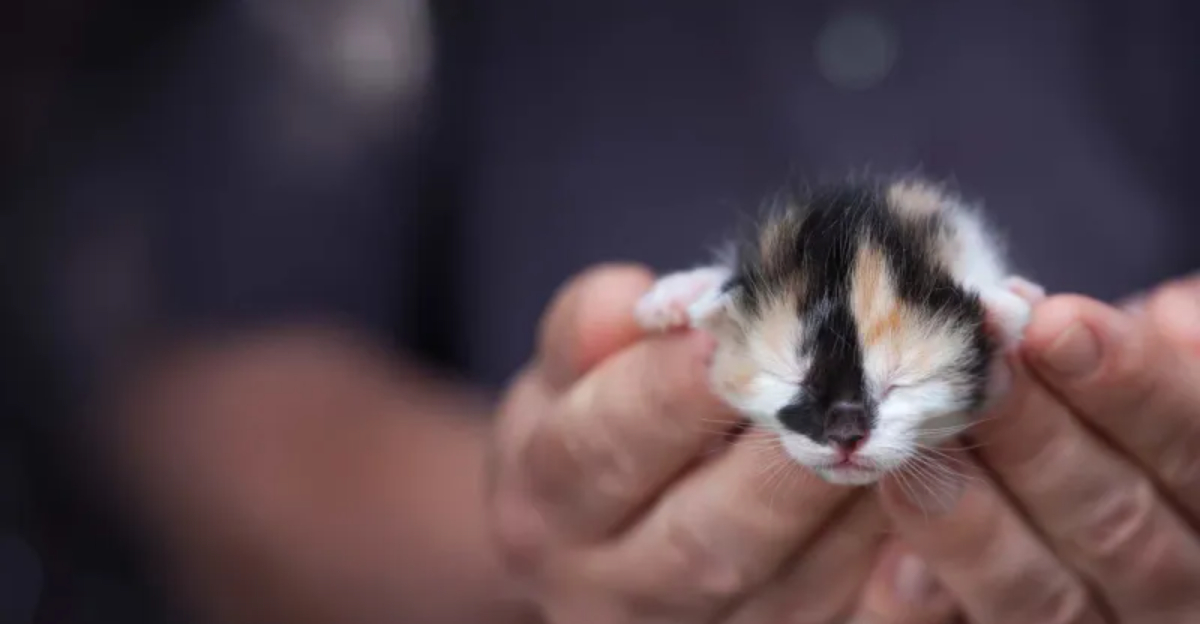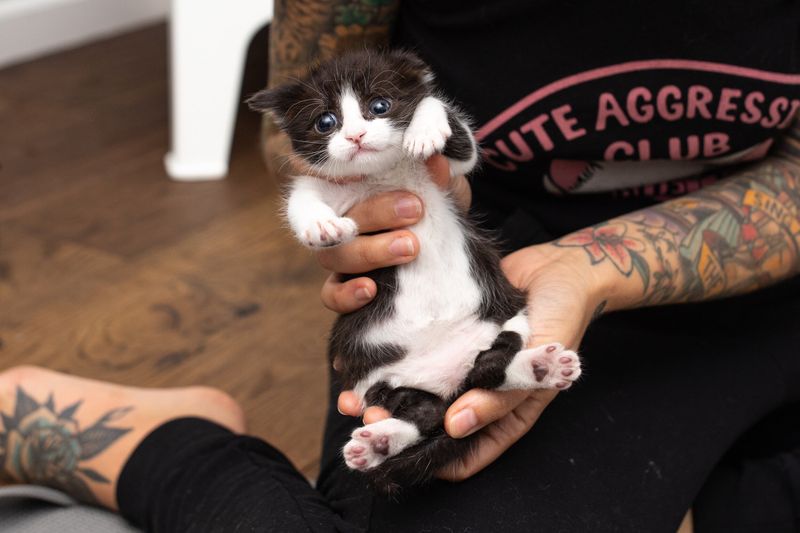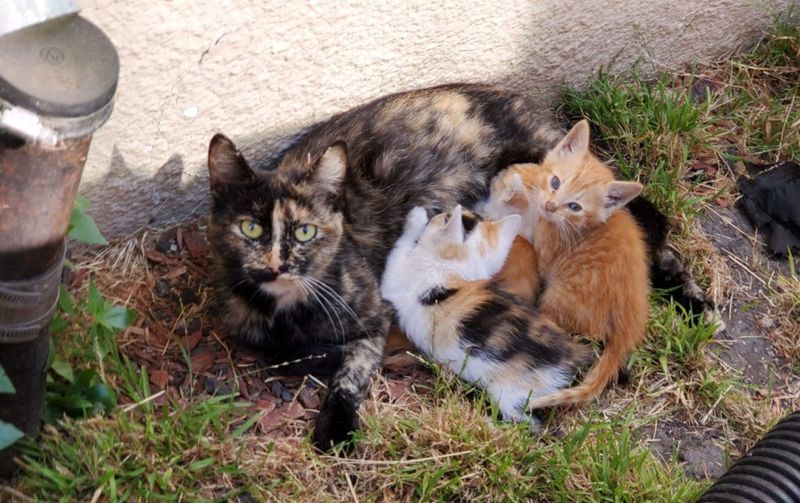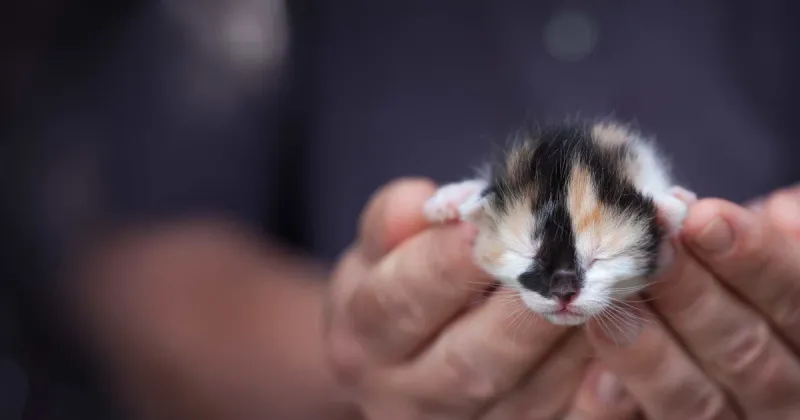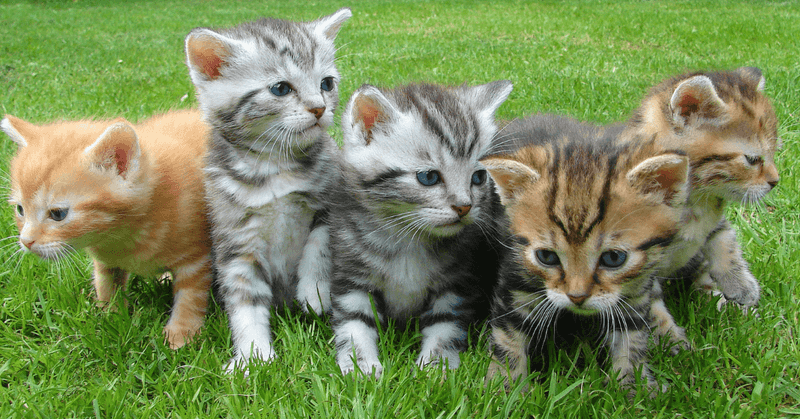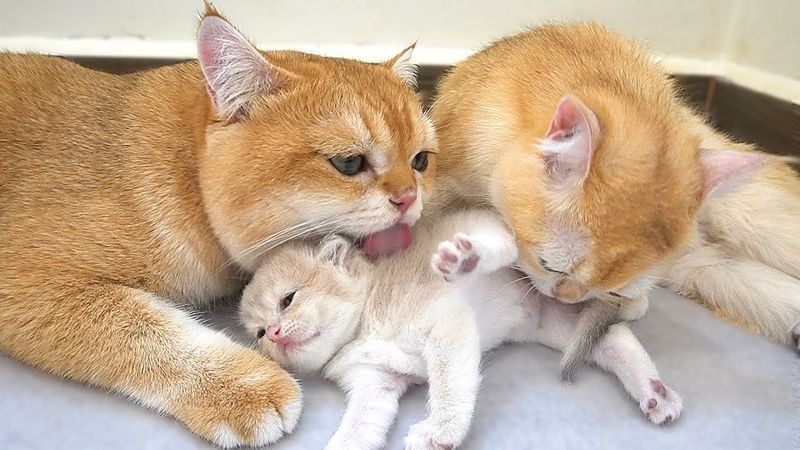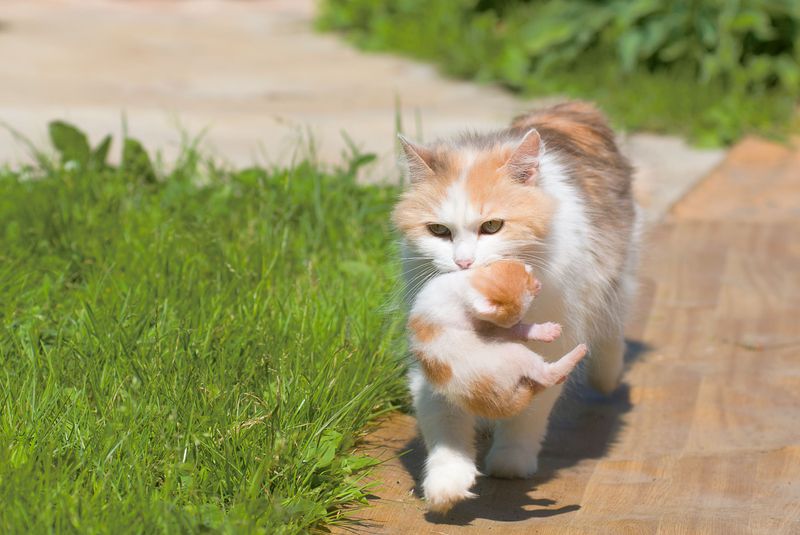📖 Table of Content:
Cats are often seen as nurturing and protective mothers, especially during the fragile days following the birth of a litter. Yet in rare and unsettling instances, some cats exhibit a behavior that seems to contradict their maternal role entirely: they eat their own kittens. While this act may appear disturbing to us, it is deeply rooted in feline instinct and survival strategies that have evolved over thousands of years.
Understanding why a cat might resort to such behavior requires a shift in perspective—one that takes into account biology, environment, and instinctual decision-making. These actions are not driven by malice but by complex and sometimes desperate motivations that help ensure the long-term survival of the mother and her remaining offspring. In some cases, the reasons are physical or psychological, while in others, they reflect an innate prioritization of stronger kittens over those unlikely to survive.
To grasp this unsettling behavior fully, it’s essential to look beyond surface-level interpretations and examine the nuanced, vet-reviewed explanations behind it. These include health-related concerns, environmental stressors, and the mother’s own condition or experience level. Each reason offers insight into a world of natural decision-making far removed from human morality or emotion. Here are seven carefully considered reasons why cats sometimes eat their kittens.
1. Illness or Deformity in the Kitten
When a kitten is born with a noticeable deformity or signs of illness, a mother cat may identify it as unlikely to survive. Instead of investing energy in a sick offspring, her instincts may drive her to eliminate it. This decision, while harsh, reduces the burden on the mother and allows her to concentrate resources on kittens with better chances. Natural selection plays a role here, prioritizing the strong. By removing the weak, the mother minimizes risk to the entire litter. It’s a decision rooted in the harsh realities of the wild. Though difficult to witness, this action may ultimately be a protective one.
2. Stress and Environmental Threats
External pressures such as loud noises, unfamiliar surroundings, or the presence of predators can create immense stress for a nursing cat. Under these conditions, she may become hyper-defensive or perceive danger everywhere. In extreme cases, she might believe that eating a kitten is the only way to prevent a worse outcome—such as a predator discovering the nest. Maternal anxiety can cloud normal behavior patterns. The response is less about aggression and more about preemptive protection. If she thinks her nest is compromised, desperate measures may follow. This is more common in feral or stray cats than in well-protected pets.
3. Scent Confusion
A kitten handled too soon by a human or another animal may return to the nest with a changed scent. This alteration can interfere with the mother’s ability to recognize the kitten as her own. As a result, she might interpret the kitten as a threat or intruder rather than offspring. Identification through scent is vital in the early days after birth. Without that familiar smell, the maternal bond can break down. Sadly, misidentification can have fatal consequences. It’s one reason vets advise against early handling of newborns.
4. Stillbirths or Death of a Kitten
In cases where a kitten is stillborn or dies shortly after birth, a mother may instinctively remove it by consuming the body. This behavior helps to keep the nest clean and free of odors that could attract predators. It’s also a way of reclaiming some nutritional value from the loss. The act, while grim, serves practical purposes in nature. Preventing disease and decay near vulnerable newborns is crucial. Eating the body is not an act of cruelty but of cleanliness and survival. It reflects the mother’s attempt to protect what remains.
5. Nutritional Deficiency
Poor nutrition before or after giving birth can lead a mother cat to act out of sheer biological necessity. If she is starving or severely malnourished, she may consume a kitten to meet urgent energy and nutrient needs. This is a rare event among domestic cats with access to adequate food. However, in stray or neglected animals, the risk increases significantly. The mother’s body prioritizes its own survival and ability to care for remaining kittens. While tragic, such behavior may be a desperate effort to keep herself—and her other offspring—alive. Intervention with proper care and feeding can often prevent this outcome.
6. Inexperience or Youth
First-time mothers or very young cats may lack the maturity and instinctual understanding required to raise kittens. Their maternal behavior might be inconsistent, confused, or even aggressive. Without experience, they may interpret normal kitten behavior as threatening or foreign. Unfortunately, this can lead to harmful responses, including cannibalism. Unlike older, seasoned mothers, young cats are still developing both physically and behaviorally. The absence of instinctual cues can result in a failure to nurture. In some cases, they simply do not recognize the kittens as theirs.
7. Population Control
Faced with more kittens than she can care for, a mother may make a harsh choice to reduce the litter size. This ensures that the kittens she keeps have a better chance at survival with more access to her milk and care. The weaker ones are often the first sacrificed. In the wild, this strategy supports long-term survival by allocating limited resources effectively. It’s not a decision made with forethought, but one governed by instinct. By focusing on quality of care over quantity, the mother improves overall outcomes. Such behavior, while rare, reveals the difficult choices animals must sometimes make.
